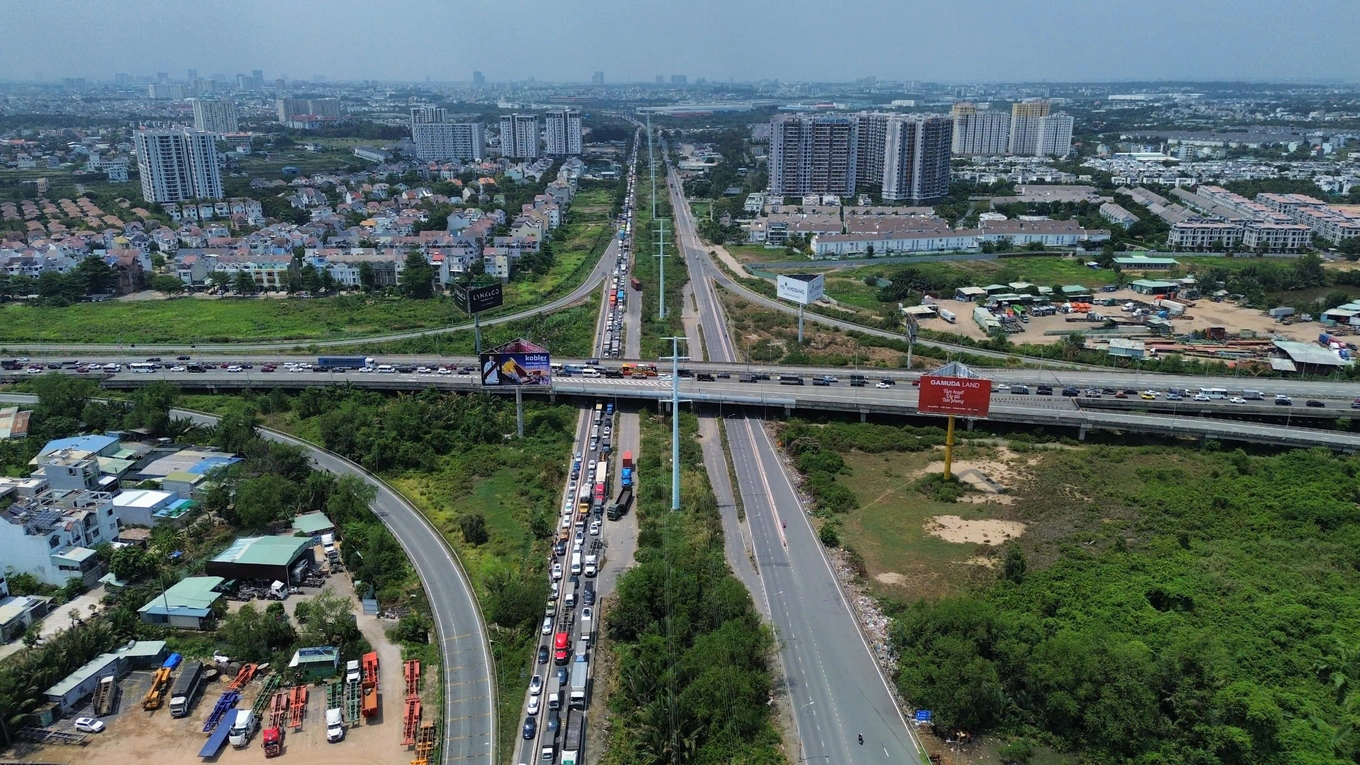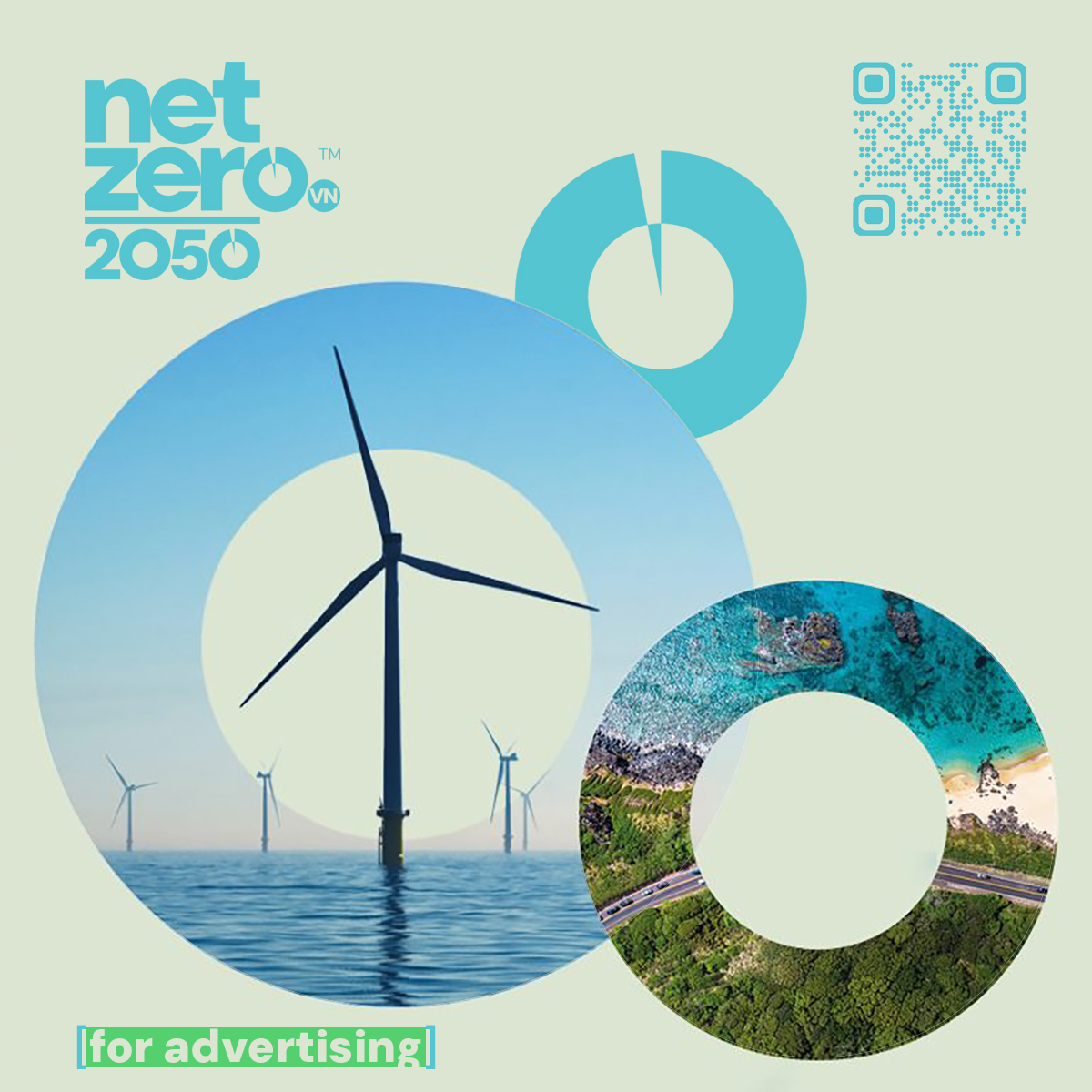
According to a recently released World Bank report, and reaffirming commitments made at the 2021 United Nations Climate Change Summit (COP26), Vietnam has pledged to achieve net-zero emissions by 2050. However, current mitigation policies are projected to meet only 85 percent of the 2030 carbon neutrality target and a mere 55 percent of the 2050 goal, underscoring the urgent need for more robust measures.
At the sub-national level, HCMC’s recently announced Provincial Green Index (PGI) for 2024 stood at 25.81 points. While this represents a 1.61-point increase from 2023, the city’s ranking fell significantly to 24th out of 63 provinces and cities, a drop of 19 places.
Encouragingly, HCMC led the nation this year in the “Ensuring Compliance” component index, scoring 7.95 points. This index evaluates the effectiveness of provincial authorities in monitoring and enforcing environmental regulations aimed at mitigating the adverse environmental impacts of corporate production and business activities.
Furthermore, an indicator reflecting the “Quality of Enforcement of Environmental Laws and Regulations” in HCMC revealed that the incidence of businesses having to make informal payments to city inspectors is among the lowest nationwide. These two positive aspects attest to a growing awareness and substantive adherence by businesses to environmental regulations.
Indeed, this latter indicator gauges businesses’ perceptions of whether inspection activities are genuinely aimed at ensuring compliance or are driven by self-interest. It also sheds light on whether businesses might be making informal payments to circumvent environmental compliance, a practice that could severely undermine regulatory objectives.
However, two of the three other PGI component indices for HCMC ranked near the bottom nationally, namely “Promoting Green Practices” (58th out of 63) and “Incentive Policies and Support Services” (45th out of 63).
This presents a significant concern for HCMC’s ambition to improve its PGI standing and, more broadly, for its goal of enhancing environmental governance quality and contributing to Vietnam’s sustainable development. It suggests that while basic regulatory compliance – the minimum standard – is being met to some extent, proactive efforts to expand green practices and bolster support policies for such initiatives have unfortunately regressed.
This observation correlates with a rather grim reality. In 2024, instances of businesses causing environmental pollution became increasingly prevalent. Paradoxically, businesses concurrently assessed that the city authorities’ efforts to mitigate environmental pollution had shown improvement, even though three out of four related indicators (prevention, response, and accountability) remained below the national median.
Consequently, while the proportion of businesses rating HCMC’s “Overall Environmental Quality” as good or very good, and perceiving the local environment as “not polluted or only slightly polluted” in 2024, was still below the national median, the gap with the national average and with other Southeastern provinces had narrowed considerably. This indicates that businesses have positively and objectively acknowledged the municipal government’s efforts to improve overall environmental quality in 2024.
Nevertheless, businesses also reported that the Government’s preparedness and response capabilities for natural disasters were below the national median, and its disaster damage mitigation efforts were not highly rated.
Given the increasingly stringent green indicators as well as tightening export and consumption regulations, it is evident that substantial work remains. This is not merely about improving PGI rankings, but more fundamentally, about establishing environmental monitoring as an intrinsic standard for the economy and for each individual enterprise, supported by the nurturing and facilitating role of the city government.




